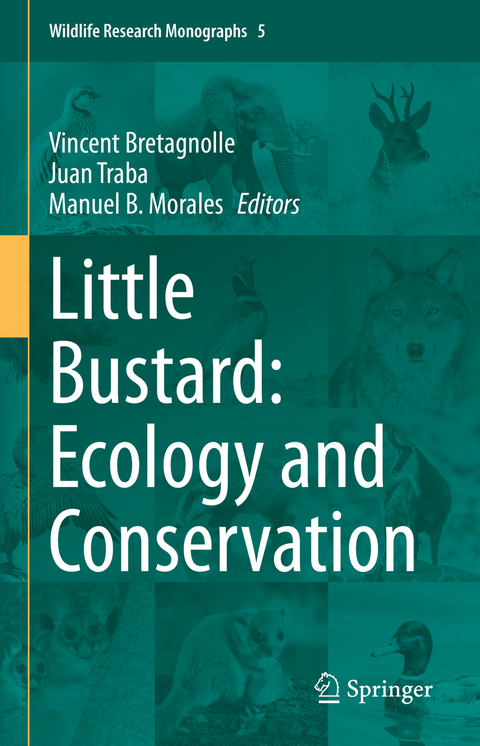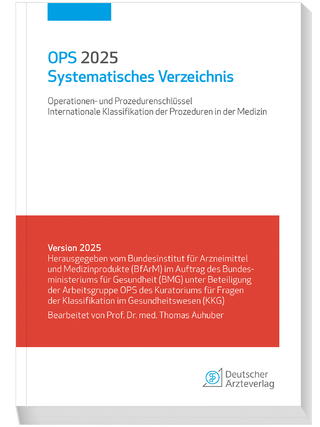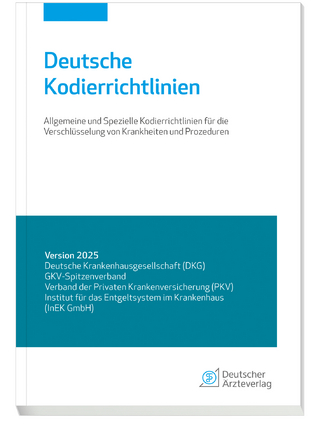
Little Bustard: Ecology and Conservation
Springer International Publishing (Verlag)
978-3-030-84901-6 (ISBN)
lt;p>Vincent Bretagnolle, 60, is a scientist from CNRS (since 1991), Directeur de recherche (1ère classe) and previous head of Centre d'Etudes Biologiques de Chizé. He is working on the effects of anthropogenic changes on biodiversity, ecosystem functioning and ecosystem services. In particular, his work has focused on the consequences of agriculture and land use changes on spatio-temporal dynamics of biodiversity, the effects of biodiversity and farming practices on crop yields (using the paradigm shift of agro-ecology), and he also manages citizen science programs. He created the « Zone Atelier Plaine & Val de Sèvre» (ZA-PVS) where data collection on the whole socio-ecosystem started in 1994. He manages Agri-environmental measures (AES) implementation on the NATURA 2000 area (half of ZA-PVS is a NATURA 2000 site), including organic farming, where up to 10 000 hectares of contract with farmers have been implemented. He has been involved with research on ecology and conservation of Little Bustard since 1995, and was in charge of the scientific activities of two LIFE projects in France on Little Bustard conservation.
Juan Traba is Associate Professor at the Universidad Autónoma de Madrid (UAM), current subHead of the Ecology Department of the UAM, and member of the Terrestrial Ecology Group (TEG-UAM). He is a researcher in evolutionary ecology, species interactions, and conservation ecology, with expertise in steppe birds. He has special interest on niche theory, community assembly and the analysis of anthropic effects on wildlife, especially of agrarian management but also of solar and wind farms.
Manuel B. Morales is Associate Professor at the Department of Ecology of the Autónoma University of Madrid (UAM), Spain, where he teaches courses on Ecology and Conservation Biology. His research is focused on animal habitat selection and ecological niche partitioning (considering different components such as space, climate, diet) between coexisting species and their implications for conservation. He carries out this research on steppe and farmland birds, and particularly on the little bustard, which he has studied for more than 20 years. Other aspects of these species' biology that he has paid attention to in the past and continues to investigate are their mating systems, movement patterns and population genetics. Last but not least, an increasingly relevant part of his research has to do with the impact of agricultural management on the structure and functioning of farmland biological communities, focusing mainly on birds, but also arthropods and vascular plants.Foreword.- 1. Why a monograph on little bustard?.- 2. The little bustard and its family: an overview of relationships.- 3. Natural history of the little bustard: morphology, biometry, diet, sexual dimorphism, and social and breeding behaviour.- 4. The little bustard around the world: distribution, global conservation status, threats and population trends.- 5. Breeding biology and demographic traits.- 6. Habitat selection and space use.- 7. Migration, movements and non-breeding ecology.- 8. Behavioural ecology of the little bustard: sexual selection and mating systems.- 9. Interspecific relationships.- 10. Captive breeding, handling and care, and the impact of releases on wild populations.- 11. Little bustard population dynamics.- 12. Threats affecting little bustards: human impacts.- 13. Little bustard and humans : Conservation and management.- 14. Conclusions and perspectives.
| Erscheinungsdatum | 25.03.2022 |
|---|---|
| Reihe/Serie | Wildlife Research Monographs |
| Zusatzinfo | X, 313 p. 48 illus., 31 illus. in color. |
| Verlagsort | Cham |
| Sprache | englisch |
| Maße | 155 x 235 mm |
| Gewicht | 686 g |
| Themenwelt | Informatik ► Weitere Themen ► Bioinformatik |
| Naturwissenschaften ► Biologie ► Ökologie / Naturschutz | |
| Naturwissenschaften ► Biologie ► Zoologie | |
| Naturwissenschaften ► Geowissenschaften ► Hydrologie / Ozeanografie | |
| Schlagworte | Biological Taxonomy • Little Bustard breeding and farming • little bustard model species • open-land birds • Paleartic steppe bird • steppe-bird conservation and management • Tetrax tetrax |
| ISBN-10 | 3-030-84901-5 / 3030849015 |
| ISBN-13 | 978-3-030-84901-6 / 9783030849016 |
| Zustand | Neuware |
| Informationen gemäß Produktsicherheitsverordnung (GPSR) | |
| Haben Sie eine Frage zum Produkt? |
aus dem Bereich


